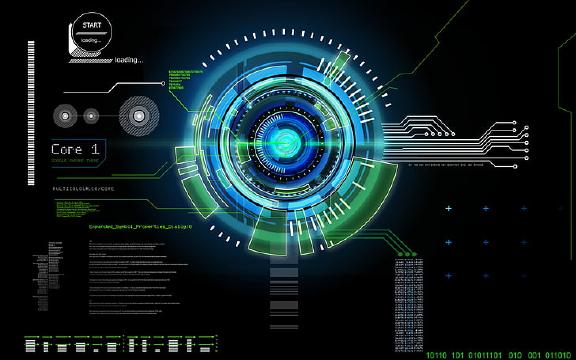Excerpt§
This post explains the key differences between cryptographic hashes and cyclic redundancy checks (CRC) for data verification.
Ensuring data integrity is vital in computer systems and networks. Two common techniques used are hashing and Cyclic Redundancy Checks (CRC). While both generate fixed-length values from arbitrary data, there are several key differences between the two approaches. This post explains hashes vs CRCs in-depth.
Definition and Purpose§
A hash is a cryptographic function that produces a fingerprint or signature of a document, file, or block of data. Hashes are used to:
- Generate unique identifiers for data
- Check for corrupt or tampered data
- Retrieve data efficiently from a hash table
A CRC or Cyclic Redundancy Check is an error-detecting code that calculates a checksum value for a block of data. CRCs are designed to:
- Detect accidental data corruption during storage or transmission
- Verify integrity of data being transferred
- Identify errors for retransmission requests
Algorithm§
Hashing algorithms like MD5, SHA-256 etc. use cryptographic techniques like:
- Compression functions
- Modular arithmetic
- Bitwise operations
- Substitutions and permutations
This makes hashes hard to reverse and suitable for security applications.
CRC algorithms rely on division to calculate a remainder that represents the checksum. The data is treated like a polynomial which is divided by a generator polynomial. This remainder becomes the CRC value.
Input and Output§
Hash functions can take any digital data like text, images, binary files etc. as input. The output is a fixed length hash value that identifies the input data.
CRCs are typically used for binary bit streams or protocol packets. The output CRC remainder is appended to the end of the input data.
Collision Probability§
Good cryptographic hashes try to minimize the chance of hash collisions - different inputs producing the same output hash. Random collisions may still occur but are rare.
In CRCs, collisions are unavoidable if the same polynomial division is used. Any single bit error will also change the CRC value.
Applications§
Common uses of hashes include:
- File integrity verification
- Password storage
- Data indexing and retrieval
- Version control systems
- Digital signatures and blockchain
CRCs are extensively used for:
- Data transmission error checking
- Storage error correction
- Network packets and protocols
- Filesystems and archives
- RAM verification
Strengths and Weaknesses§
Hashing provides strong one-way cryptographic security but requires more processing power.
CRC is easy to implement both in hardware and software but provides minimal cryptographic strength.
Hash collisions are unlikely but possible whereas CRC collisions are guaranteed under noise.
Conclusion§
In summary, hashing is preferred for security services like encryption key generation, password storage, data signatures etc. CRC is suitable for detecting accidental errors in transmission and storage but not malicious tampering.
Using both hashing and CRC together can provide layered integrity validation for mission-critical data. Hashing secures while CRC detects non-malicious errors. Understanding the tradeoffs allows selecting the right technique for specific data integrity needs.















